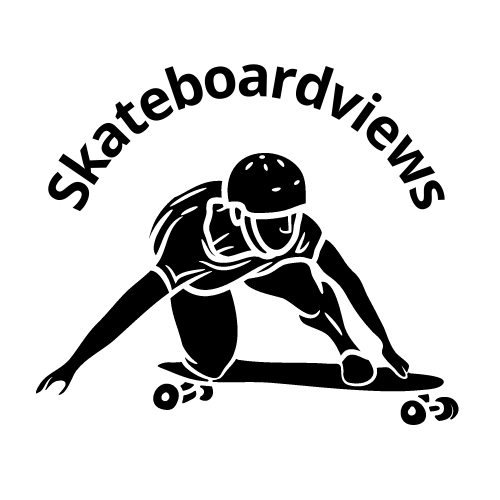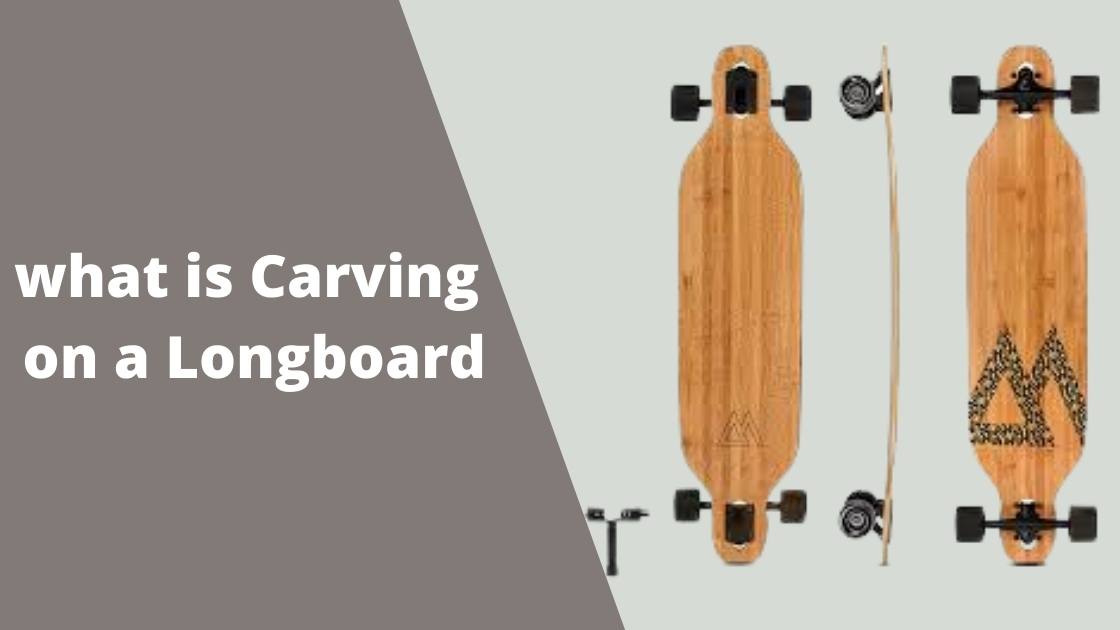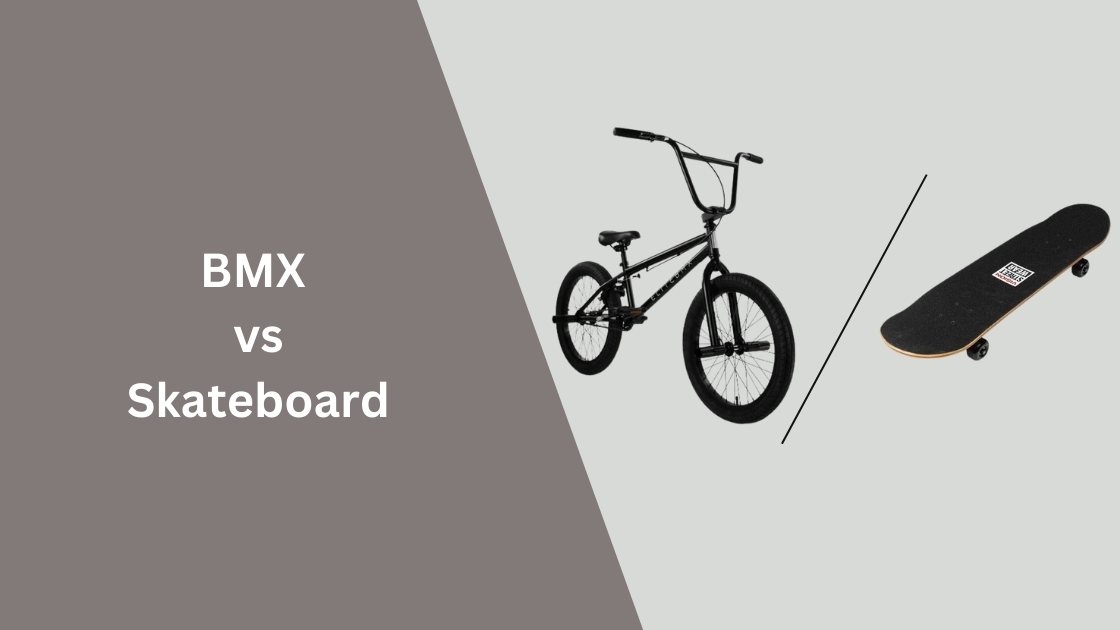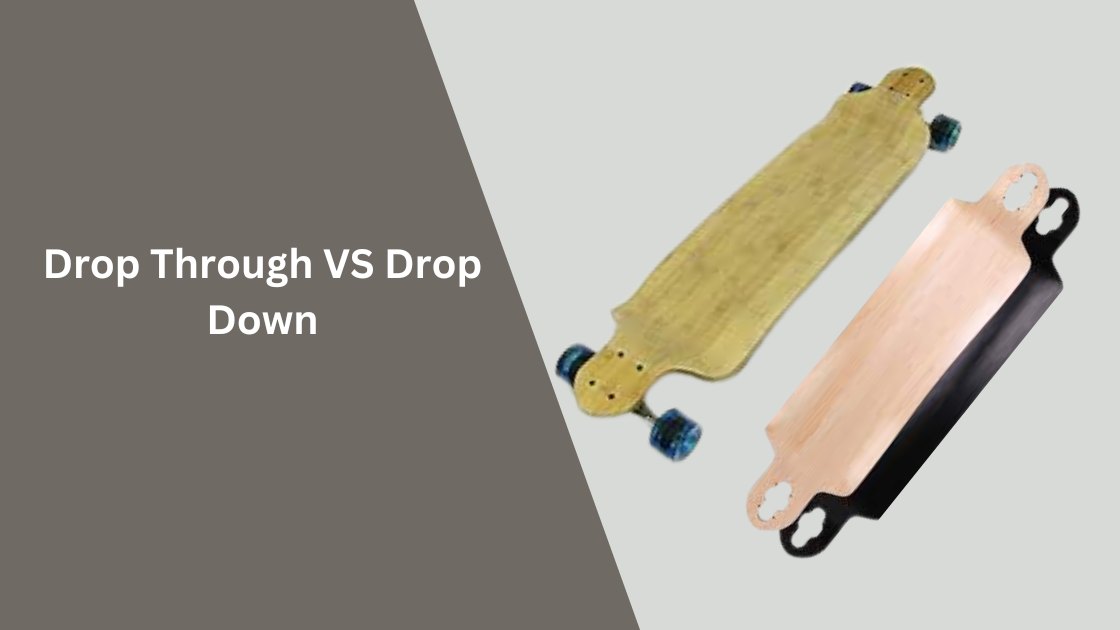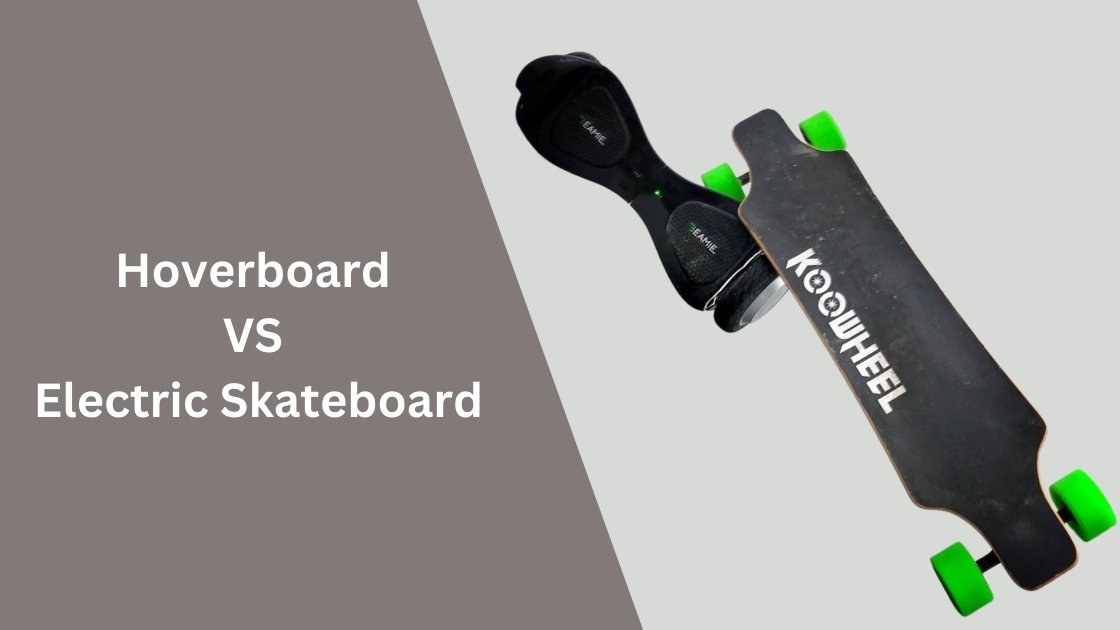Are you interested in carving on a longboard?
Carving is a style of skateboarding that utilizes longboards and is characterized by aggressive carving maneuvers. Carving is used when you want to go faster and carve through turns or when you need more strength to get through a turn.
The ability to carve is an essential skill for any longboarder to master. This can be done by practicing on a longboard or by practicing with a longboard that has been modified to provide additional stability.
Carving on a longboard is done by leaning your weight into one side of the board with your weight distributed evenly between both wheels. It refers to edging or turning, in which the rider applies pressure with their feet.
Carving is most commonly used in downhill skateboarding and freestyle skating, involving tricks like ollies and kickflips. The goal is to maintain control over the board while making smooth turns at high speeds.
Let’s probe into the discussion to get the idea of “what is carving on a longboard”?
How to Carving on a Longboard
You can easily carvin on a longboard by do practice every day. There is some purposes behind carving on a longboard.
The purpose of carving?
Carving is the act of carving a longboard. It is to maintain a longboard stance. It is one of the most exciting parts of longboarding and one of the most challenging skills. It helps to save energy and increase the speed of your ride.
It lets you make more precise turns, which can help your speed and balance. It also helps control your body weight and center of gravity.
Carving is when longboarders use their feet to carve on the ground or in turn. It can be done on any terrain- water, snow, or street. But it’s best to do it on flat ground or corners where there aren’t many obstacles.
You create your path through the ground or turn when you carve a longboard. You’ll use your feet to push off from one side of the board and then pull them back to go around an obstacle on the other side without hitting anything.
Carving can be used for many reasons: to slide around corners faster than anyone else, to make it easier for you to go up hills quickly, and more!
How to Do Carving On a Longboard
Carving on a longboard is not just about speed. It’s also the about style of performing longboard tricks which is much more fun than you might think.
First of all, the carving is one of the most challenging tricks to learn—especially if you’re new to longboarding. But don’t worry! We’ve got your back. Here are our top tips for carving on a longboard:
1. Get comfortable with your board first—make sure it feels good in your hands before you try any tricks!
2. Make sure that your stance is balanced—your weight should be equally distributed between both feet, and your knees should be bent, so they’re parallel.
3. Keep your knees soft, so they don’t get slammed into the ground when you lean forward at an angle (this helps avoid injuries).
The process begins with a long stride forward, which will put you perpendicular to the direction of travel. Then shift your weight back and forth between both edges of the board until you reach full speed.
It will eventually cause you to turn right or left. You can press down on either rail at any time during this process to increase or decrease your speed or change direction.
The sharper and smooth turns are possible if you put more weight and pressure on the rail. Doing this, the more wheels rotate, you can get exceptional speed.
4. Practice makes perfect! If something isn’t working right, don’t give up! Just keep practicing until it does work!
Toeside and Heelside Carving Turns
The terms toeside and heelside carving refer to how a longboard is turned by the rider using their feet. Toeside refers to the left side of the board, and heelside refers to the right side of the board.
Toeside carving is when you put your foot down on a left-hand turn and push your foot into the ground with your toe. This turns your body towards that side of the board and makes you lean into it more.
Toeside carving also allows you to use less muscle than heelside carving, which can give you an advantage in speed or distance on a longboard.
Heelside carving is when you put your foot down on a right-hand turn and push your foot into the ground with your heel. This turns your body to that direction making you lean away from it more.
Heelside carving also allows more force in your legs when pushing off from a stop to get more speed.
Weight Shifting
Though you know the heelside and toeside carving, weight shifting differs. They are only for changing the direction of the longboard but for the smooth turns and movements; you need to learn the weight shifting technique.
By balancing your weight, you will get a wave-like motion. You need to take the initiative with a toeside turn and keep in mind to move your front shoulders to the curve and head toward the finish line.
By this, you can get the smoothest turns and moves when you get all your body parts together while throwing yourself around the edges. After the toeside carving, get ready for heelside carving to get the astounding S-shaped movements.
After that, you will get this smooth movement automatically with your body shape. Ultimately you will perform naturally; you again press, rotate your head, and move your front shoulders toward your targeted area.
Your arms and knees can help a lot to maintain momentum.
To maintain balance, spread your arms and lean to your knees to some extent; open your ribcage; it will let you take smooth turns. Perfectly balancing yourself will let you move freely with the wind.
FAQ’s
How to carve on a longboard?
Carving on a longboard involves S- shape straight back and forth turns smooth movements. It is to balance yourself on board to get intensive speed.
What is the carving point on the longboard?
To get maximum speed and quick turns on a longboard are termed carving. While carving, with a bit of width of the longboard, you are supposed to handle all slopes on your way.
Is carving a longboard suitable for beginners?
Though carving needs a lot of practice to learn, for beginners, drop-through longboards are super best to use. Because there are many chances to maintain balance due to drop through deck shape.
What is carving on a skateboard?
Carving is to making smooth and quick turns on a skateboard. It needs the practice to learn this skill. It is done on flat ground, snow, or even water on the longboard or skateboard
Conclusion
We hope our guide, “what is carving on a longboard,” presents a clear idea about carving.
Of course, carving on a longboard is a great skill, and it needs maximum practice to learn this skill. You can’t think of mastering this skill with two or three trials. Even the expert rider can get injured despite great practice.
If you are crazy to do carving on a longboard, we request rather wish you to grasp this skill perfectly so that you can move freely like wind.
If you like the post, don’t forget to share it.
